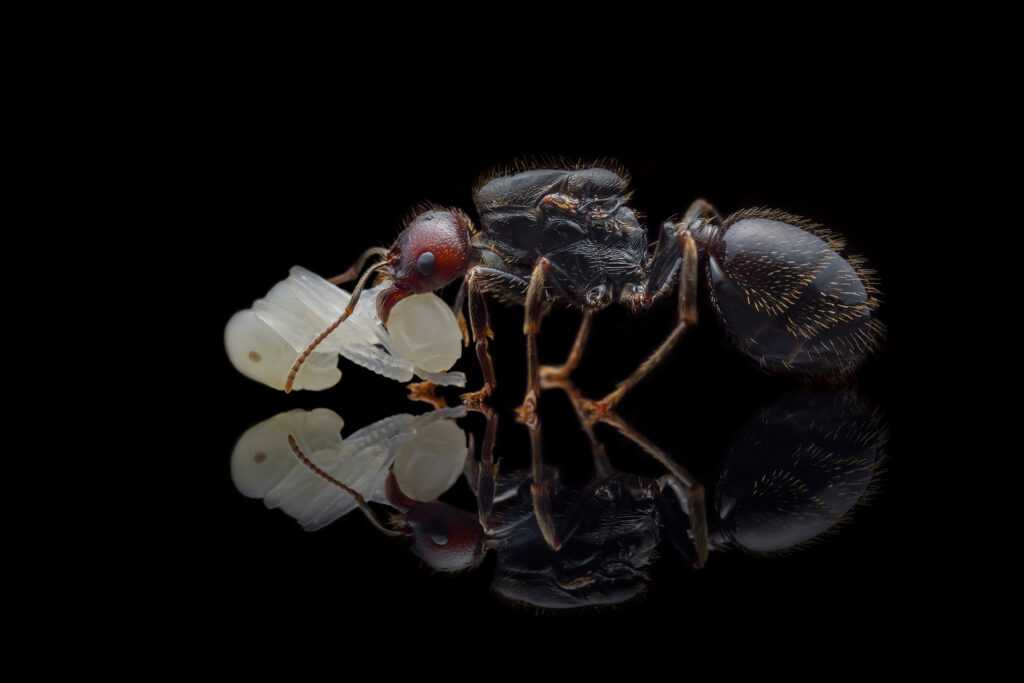Cataglyphis arenarius: A Fast and Fascinating Ant Species
Colony Type and Size
Cataglyphis arenarius, also known as the desert ant, is a polygynous ant species. This means that a single colony may have multiple queens. With a colony size of up to 5000 workers, they are an impressive and thriving community.
Development Speed
The development speed of Cataglyphis arenarius is particularly noteworthy. These ants grow and mature at an incredibly fast pace, ensuring rapid expansion of their colony.
Physical Characteristics
When it comes to size, the queen of Cataglyphis arenarius measures approximately 9-11 mm, while the workers range from 4-9 mm. Their light orange color makes them visually striking and adds to the allure of having them as pets.
Nutrition
Cataglyphis arenarius feed on a diverse range of food sources. Their diet consists of food insects such as cockroaches and crickets, as well as a syrup made from a mix of water and honey in a ratio of 4:1/3:1/2:1. They also enjoy fruits, vegetables, jelly, and cooked chicken without salt. Providing a varied diet ensures their nutritional needs are met and supports their overall health.
Environmental Needs
Creating the right environment for Cataglyphis arenarius is crucial to their well-being. Maintaining the appropriate humidity levels is important, with the recommended range being 30-50% in the arena and 40-60% in the nest. Temperature regulation is also essential, keeping the arena between 25-35 °C and the nest at a slightly lower range of 24-28 °C.
Features and Recommendations
Cataglyphis arenarius is known for being the fastest species of ants. Their elongated legs enable them to move swiftly and gracefully. It is advisable to warm up the arena to ensure their optimal activity level and performance.
When it comes to selecting a suitable nest for breeding, acrylic and aerated concrete are highly recommended. These materials provide the necessary ventilation and support the overall comfort and growth of the ants.
While most subspecies of Cataglyphis arenarius require donor cocoons for breeding, this particular species has been successfully bred by other experienced breeders from a single queen. This achievement was made possible through frequent feeding with protein and syrup. If you decide to embark on breeding Cataglyphis arenarius, make sure you are well-prepared for the challenges this species may present. Patience, dedication, and the appropriate resources are essential for successful breeding.
As you consider adding Cataglyphis arenarius to your ant collection, remember that their unique characteristics and care requirements make them a fascinating and rewarding species to raise. Create an inviting habitat, provide a varied diet, and watch as these fast and captivating ants thrive under your care.

















Reviews
There are no reviews yet.